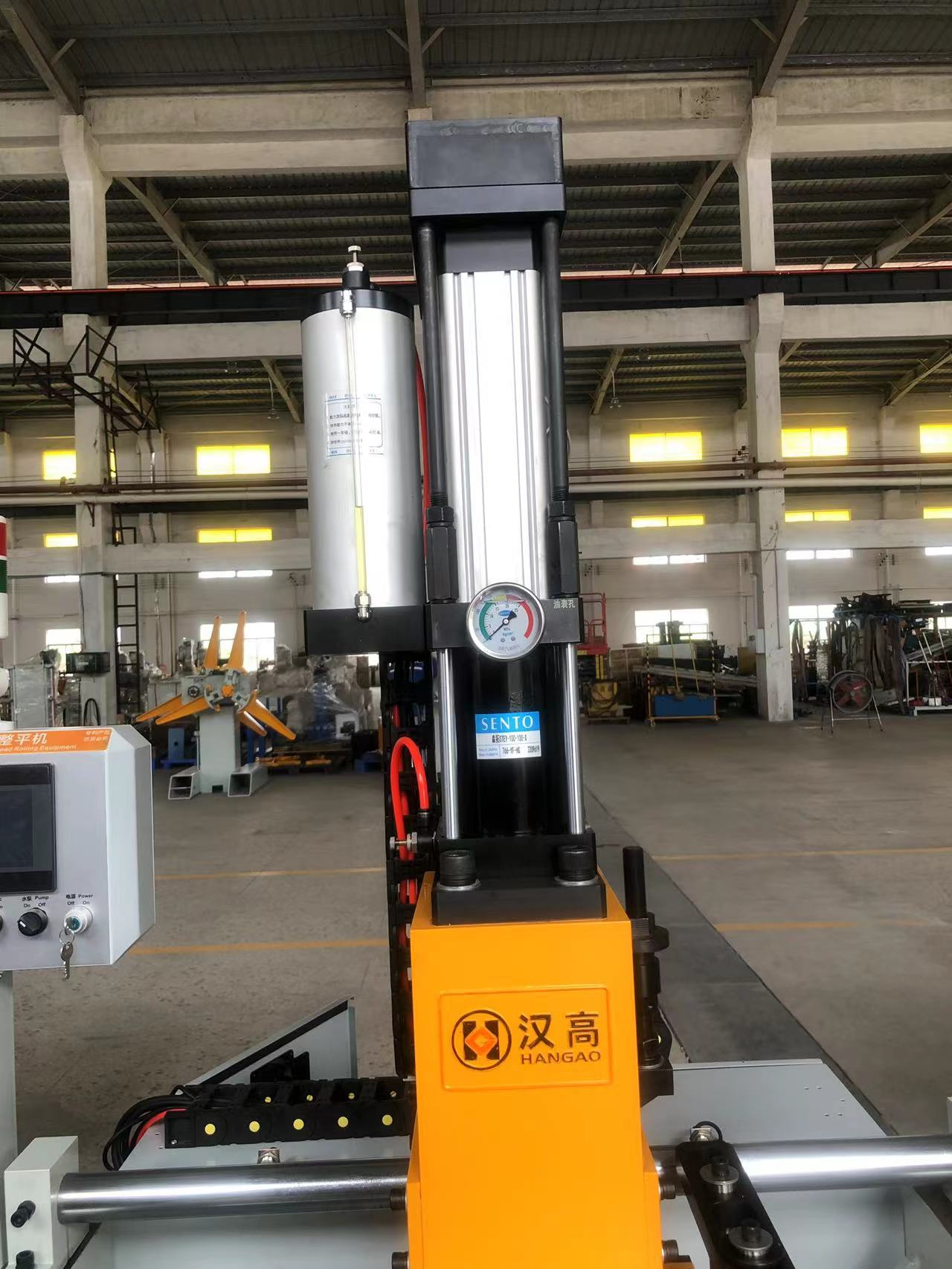When making stainless steel sanitary fluid pipes, internal weld treatment is an essential process. You will need an internal weld leveling machine. In manufacturing activities, daily equipment maintenance is indispensable. Sometimes, when encountering some glitches, we can conduct self-examination first through the following tips. Today, Hangao Tech (SEKO Machinery) brings you to have an overview.
1. Situation 1: In automatic mode, the trolley does not move horizontally; but it can move in manual mode.
The troubleshooting steps are as follows:
1) Check whether the remote signal is sent to X0 of the PLC;
2) Check whether the magnetic switch on the cylinder frame is lit;
3) Check whether the proximity switches for front and rear reversing are faulty.

Cause:
1) There is no signal, and the remote connection is not connected;
2) The magnetic switch on the mandrel cylinder frame: the position of the magnetic switch is not adjusted properly, or the magnetic switch is damaged;
3) If the proximity switch does not light up, or lights up at the same time, it means that the proximity switch is damaged.
Solution:
1) Re-connect remotely;
2) Adjust the magnetic switch position;
3) Replace the proximity switch with a new one.
2. Situation 2: In manual mode, the trolley does not move horizontally; in automatic mode, it does not move either.
The troubleshooting steps are as follows:
1) If the trolley can move, it proves that there is a problem with the hydraulic proportional valve, which may be blocked or the spring may be broken;
2) If the car can move after changing the proportional valve amplifier board, or the measured current is about 0.3-1.1A, then it can be determined that there is a problem with the proportional valve amplifier board;
3) There is a problem with the proximity switch for reversing;
4) If the voltage cannot be detected, it proves that the potentiometer is damaged, or the potentiometer is broken;
5) If there is a signal output but the relay does not pull in, it means that the intermediate relay is damaged.
Solution:
1) Clean the proportional valve, replace the spring, or replace it with a new proportional valve;
2) Replace the proportional valve amplifier board with a new one;
3) Replace the proximity switch;
4) Replace the potentiometer, or check the connection circuit of the potentiometer;
5) Replace the intermediate relay.

3. Situation 3: The roller under the trolley does not move
1) It can work in manual mode, but not in automatic mode: check whether the position of the middle proximity switch is in the middle. If it is too forward, the car will start to rise before it can descend. If it is too far behind, the trolley will not be able to rise in time;
2) In the manual mode, the manual can move, but the automatic does not work: (a) Observe whether the light of the solenoid valve pressed down by the trolley is always on, and it does not go out after touching the proximity switch in the middle. (b) Observe whether the down-pressing solenoid valve is on, and whether the proximity switch in the middle is always on;
(3) Check whether the speed of the regulating valve is adjusted properly, and whether the pressure of the pressure regulating valve is adjusted properly;
(4) Observe whether the corresponding solenoid valve light is on when it is rising or falling. If it is not on, check whether the rising and falling lights of the non-contact relay are on corresponding to the rising and falling signals of the PLC;
(5) After switching to manual mode, poke the thimble on the valve with a screwdriver to see if the roller will rise and fall
The troubleshooting steps are as follows:
(1) The distance between the position of the middle proximity switch and the two ends is too close;
(2) (a) The proximity switch in the middle is broken, resulting in no rising signal input; (b) The proximity switch is short-circuited, resulting in constant rising signal input;
(3) The oil valve is not adjusted properly;
(4) (a) The PLC has output but the non-contact relay has no response, indicating that the non-contact relay is broken and has no output. (b) If the non-contact relay has output but the valve light is not on, the connection line is loose;
(5) If the trolley does not move, it means that the hydraulic valve is blocked, or the spring is broken.
Solution:
(1) Adjust the position of the proximity switch in the middle;
(2) Replace the proximity switch in the middle;
(3) Increase the speed and pressure of the upward and downward hydraulic valves;
(4) (a) replace the non-contact relay (b) check where the connection circuit is broken, and reconnect;
(5) Clean the oil valve, replace the spring, or directly replace a valve.















